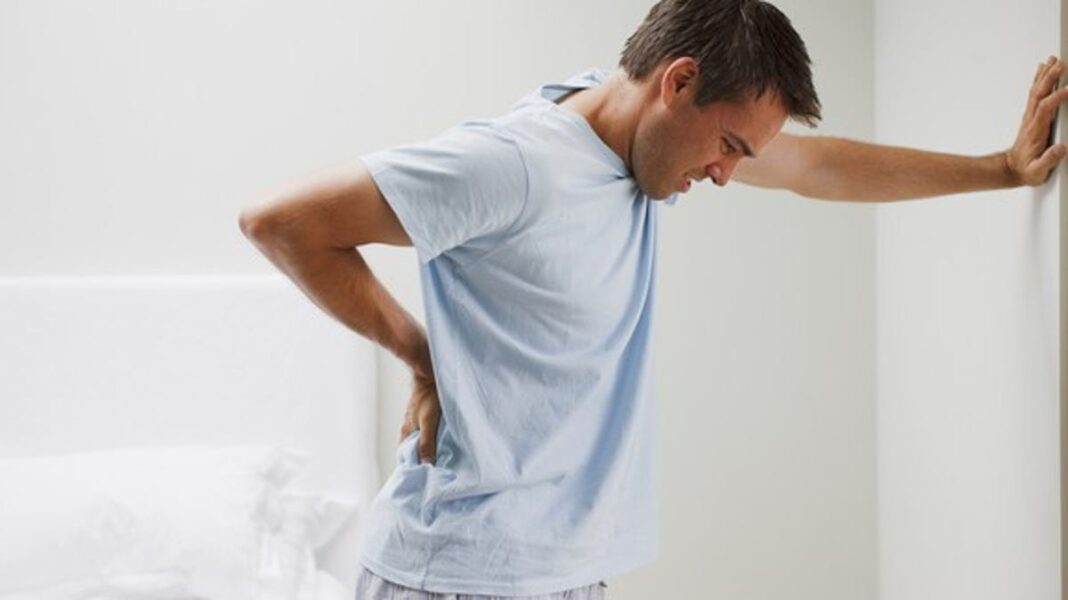Dealing with the Pain of a Herniated Disc: Finding Relief
Experiencing a herniated disc can be incredibly painful and limiting. If you’ve ever had one, you know how fast your condition can shift from perfectly fine to struggling to walk or even stand. Sleep often becomes elusive due to constant lower back pain with every movement. This discomfort can even hinder work as getting in and out of a vehicle or sitting for extended periods becomes increasingly difficult.
In this article, we’ll explain what a herniated disc is, what causes it, and the various treatment options that can help alleviate your symptoms.
What Is a Herniated Disc?
A herniated disc, sometimes referred to as a ruptured or slipped disc, happens when one of the spinal discs either breaks open or shifts out of position.
According to Dr. Charles Gatto, an orthopedic surgeon at Atlantic Health System in New Jersey, the spinal column protects the spinal cord and the nerves that run through it. This column consists of 23 segments called intervertebral discs, which function like shock absorbers. Each disc allows nerves to exit and provides sensation and muscle control to specific body areas.
Each disc has a tough outer layer known as the annulus, which Dr. Gatto compares to a car tire’s outer shell. “It’s a durable fibrous ring surrounding the softer core material of the disc, called the nucleus pulposus.”
If the outer layer becomes damaged or weak, it can rupture or bulge—similar to a tire developing a bulge—allowing the softer inner material to leak out. This rupture can lead to pain and restricted movement as it alters the disc’s shape or presses on nearby nerves.
Herniated discs can occur in any part of the spine, but they are most prevalent in the lower back since this area supports the weight of the upper body.
What Causes Herniated Discs?
Several factors can lead to disc damage, with aging being a significant contributor. Dr. Andrew Gitkind, the medical director of the spine center at Montefiore Medical Center in New York, explains that as we age, the discs lose moisture, making them less flexible and more prone to herniation.
Excess weight can also exert undue pressure on the discs, increasing the likelihood of herniation. Additionally, smoking and genetic factors can compromise the strength and resilience of these discs.
When these factors weaken the discs, a sudden injury or movement might trigger a herniation. Activities that involve weight-bearing and high impact, such as weightlifting or contact sports, are commonly associated with this condition. Sports that require twisting and bending, such as skiing, golf, volleyball, and tennis, can also be culprits.
Moreover, “the most damaging actions generally involve bending at the waist to lift something heavy while twisting,” notes Dr. Gatto. This includes tasks like stocking shelves, lifting children from cribs or car seats, or picking up heavy objects from the ground. Such movements put stress on the disc segments.
What Are the Best Treatments for a Herniated Disc?
Treating a herniated disc generally involves some form of care. Sometimes, simple rest is enough for healing, followed by core strengthening exercises, often supervised by a physical therapist. Many individuals find relief with chiropractic care as well.
Interestingly, “many disc herniations heal on their own over time because the body can often absorb the herniated material partially or completely,” says Dr. Gatto. “The chemical irritation often diminishes as well.”
While the body is healing and muscle strength improves, there are several ways to manage associated pain and inflammation. Ice packs and heating pads can provide comfort, and over-the-counter medications like non-steroidal anti-inflammatory drugs or acetaminophen can help alleviate pain. For nerve-related symptoms, medications such as gabapentin or pregabalin may be effective.
Dr. Gitkind notes that recovery times vary significantly; some individuals experience improvement quickly, while others may take longer.
If someone does not experience natural healing, further consultations with a physician are recommended for potential next steps, including stronger medications, epidural injections, or possibly surgery to repair or remove the herniated disc.
Discover Highly Recommended Related Products
-
-
-
- Sperax Walking Pad, Under Desk Treadmill
- Owala FreeSip Insulated Stainless Steel Water Bottle with Straw
- CFX Resistance Bands, Set of 3
- Vinsguir Ab Roller Wheel
- Zulay Kitchen 2-in-1 Metal Lemon Squeezer
- Sunny Health & Fitness Under-Desk Elliptical
- LifePro Waver Vibration Plate for Exercise
- Sportneer Adjustable Ankle Weights
- iHealth Track Smart Blood Pressure Monitor for Upper Arm
-
-

